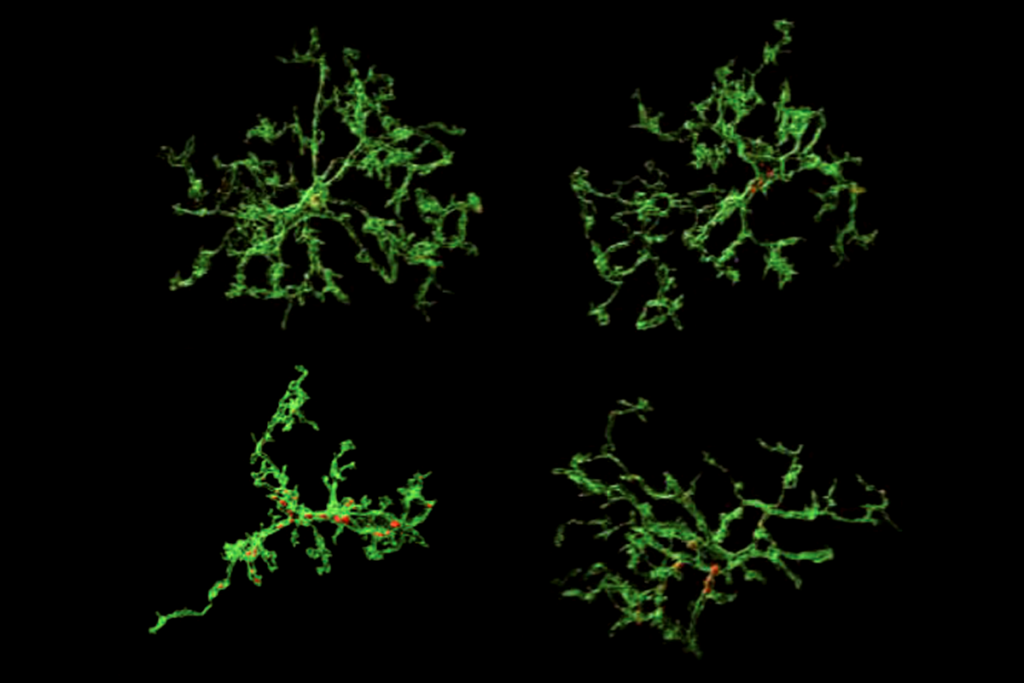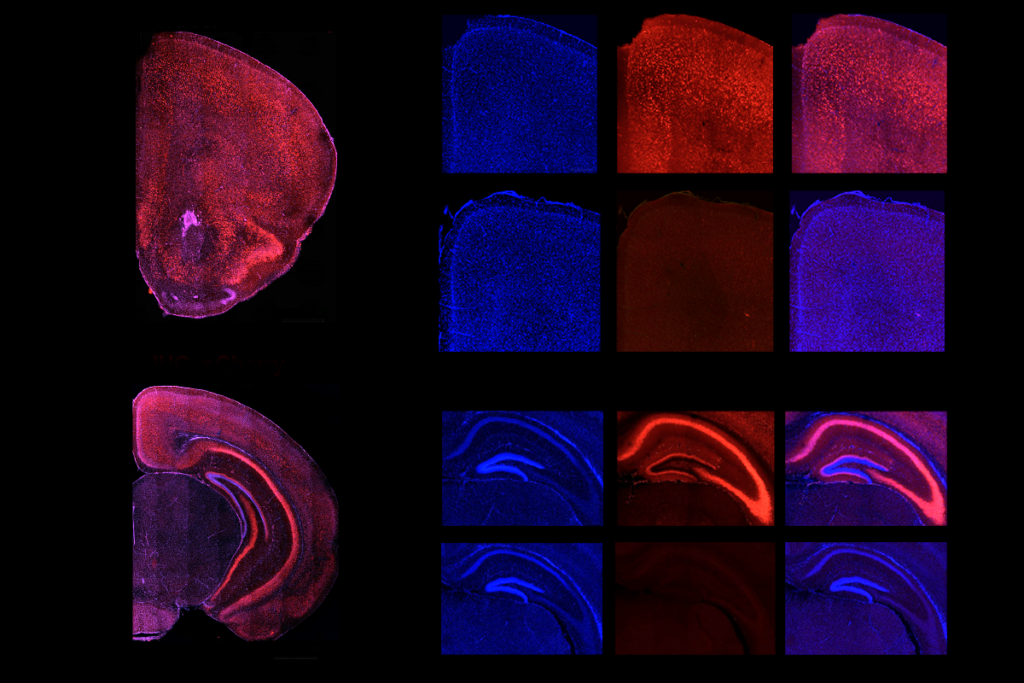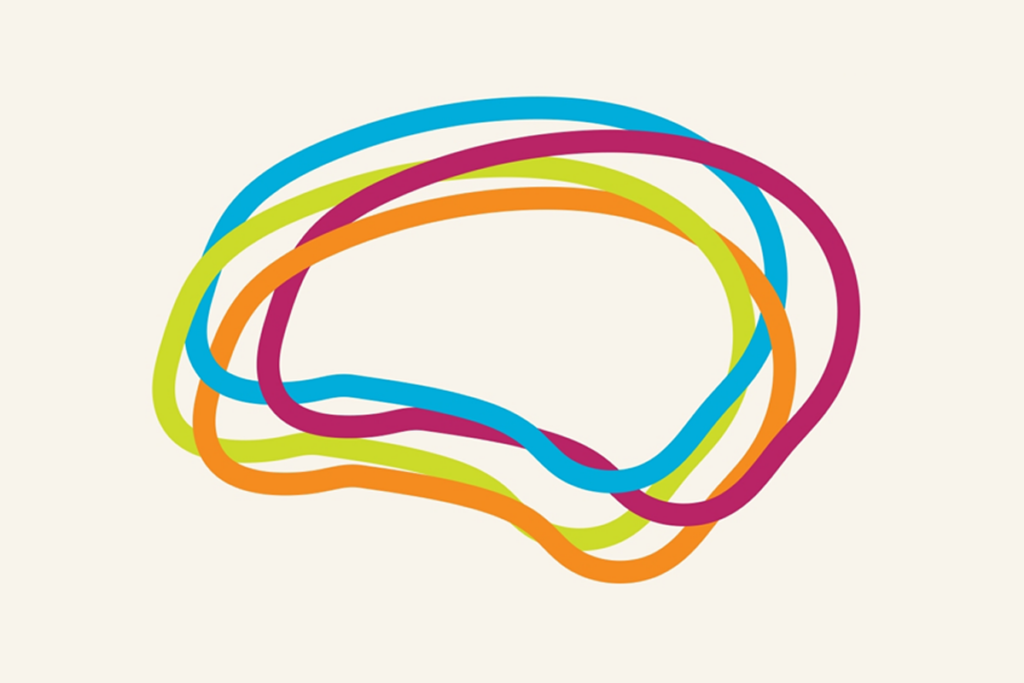
Some mutations tied to autism may be passed down from fathers
Some children with autism inherit rare mutations in noncoding DNA from their unaffected fathers.
Some children with autism carry rare mutations in DNA segments that flank genes and control their expression — and they tend to inherit these mutations from their unaffected fathers, according to a study published today in Science1.
The finding is unexpected because most studies implicate mutations inherited from mothers in autism risk. For this reason, some experts are skeptical of the results.
The study is the largest yet to explore how mutations outside of genes contribute to autism: It is based on an analysis of 9,274 whole genomes. And it focuses on ‘structural variants’ — deletions or duplications in DNA — in these noncoding regions. Once dismissed as ‘junk DNA,’ some of these regions are now known to control the expression of genes.
“These are the types of variants which, before, if you did clinical genetic testing, you would ignore,” says lead investigator Jonathan Sebat, chief of the Beyster Center for Genomics and Neuropyschiatric Diseases at the University of California, San Diego.
The variants overall account for only a small proportion of individuals with autism, however: an estimated 0.39 to 1.13 percent.
“That’s very low,” and the range is quite wide, says Yufeng Shen, assistant professor of systems biology and biomedical informatics at Columbia University, who was not involved in the work. “I like this paper a lot; it’s very good,” he says, but “a larger sample would be able to estimate this fraction more precisely.”
Scouring sequences:
Sebat and his colleagues sequenced the genomes of 311 families that have at least one child with autism. They also analyzed the genomes of 518 individuals with autism and their unaffected parents and siblings.
Sebat’s team detected structural variants of 100 or more DNA letters. They found an average of about 3,700 such inherited variants in any one person.
They then focused on the areas flanking genes that are rarely mutated in the general population. (The alternative would be to look at the genomes as a whole, in an ‘agnostic’ way.) They found that children with autism inherit about twice as many rare variants from their fathers as would be expected by chance. By contrast, rare variants inherited from mothers make a minimal contribution to autism, they found. They did not identify any noninherited, or de novo, mutations linked to autism.
Sebat and his colleagues posted their results on a preprint server in March 2017. They then validated their findings in an independent sample of sequences from 1,771 families that have at least one child with autism.
This strategy set a high bar for scientific rigor, Sebat says.
“Before we did the replication, we told everybody what the result was, and how we did the analysis,” he says. “We were completely transparent about what hypotheses we were going to test in the replication sample and how we were going to do it.”
Others say the replication does enhance the study’s impact. “I am encouraged by the replication of the result,” says Evan Eichler, professor of genome sciences at the University of Washington in Seattle, who was not involved in the study.
Comparing conclusions:
However, Sebat’s results directly contradict those from two other teams that have analyzed some of the same sequences: Neither of those teams found any inherited structural variants linked to autism in noncoding regions.
One of the teams, led by Eichler, reported in October that they found ‘de novo’ mutations linked to autism in noncoding DNA. The study from the other team is in press, but found neither inherited nor de novo variants linked to autism in the regions.
The discrepancies might partly be explained by differences in the algorithms and methods the teams used, says Lucia Peixoto, assistant professor of biomedical sciences at Washington State University Spokane, who was not involved in any of the studies. “So they are really not comparable,” she says. For example, the study in press used the agnostic approach.
Sebat’s analysis also did not include small deletions and duplications called indels, which are far more abundant in the genome than larger variants, says Michael Talkowski, associate professor of neurology at Harvard University, who co-led the study in press. Including all of those results in the analysis might change the conclusion, he says.
“These are early days in whole-genome exploration,” Talkowski says. “I suspect we will need dramatically larger samples, and to align our annotations and approaches, before we can assess true replication across these studies and arrive at comparable conclusions.”
Protective effect:
The results are also at odds with a prevailing theory of autism, the ‘female protective effect.’ According to this theory, women are somehow protected from mutations that might trigger autism, but sometimes pass the mutations down to their sons.
What’s more, no other class of genetic variants linked to autism shows a paternal inheritance pattern, notes Stephan Sanders, assistant professor of psychiatry at the University of California, San Francisco. Sanders was one of the leaders of the study in press.
“It does not tally with the female protective effect, for which there is substantial evidence, and which would not predict an excess of paternally transmitted variants in any class of variation,” he says.
Sebat says the findings are not inconsistent with this theory. He says autism could stem from a combination of a powerful coding mutation inherited from the mother and a less powerful noncoding mutation inherited from the father.
His team plans to analyze more whole genomes as they become available. With a larger sample size, Sebat says, he will be able to test this ‘two-hit’ hypothesis. His team is also exploring the effects of the noncoding mutations they have uncovered.
References:
- Brandler W.M. et al. Science 360, 327-331 (2018) Abstract
Recommended reading

Constellation of studies charts brain development, offers ‘dramatic revision’

Functional connectivity links with autism, not ADHD; and more

Ramping up cortical activity in early life sparks autism-like behaviors in mice
Explore more from The Transmitter

‘How to Change a Memory: One Neuroscientist’s Quest to Alter the Past,’ an excerpt
